Dialectical Behavior Therapy (DBT) is a type of Cognitive Behavioral Therapy (CBT). The main goals of DBT are to teach people how to live in the moment, regulate their emotions, develop and maintain healthy relationships, and cope with distress. You might remember back in June when we wrote about a communication strategy called DEAR MAN. This is a DBT strategy aimed at helping people set boundaries and ask for what they need in a healthy and balanced way.
DBT was developed in the late 1990s by Dr. Marsha Linehan and colleagues with the goal of treating Borderline Personality Disorder (BDP). Since that time, DBT has been found to successfully treat many different mental health problems, especially those that primarily reflect a difficulty regulating emotions such as ADHD, Bipolar Disorder, Eating Disorders, Major Depression, and Generalized Anxiety Disorder.
The “D” in DBT stands for dialectic. A dialectic is rooted in the idea that everything is made up of opposites and that change occurs when there is a dialogue between the opposing ends. The process makes three assumptions:
- All things are interconnected.
- Change is constant and inevitable.
- Opposites can be integrated to get closer to the truth.
All of the above information is important in order to ground the basics of DBT. But, what can we take away from this reading that can help us in our everyday lives? By understanding dialectics, you start to see that there is more than one way to solve a problem and that two seemingly opposite ideas can be true at the same time. The simple summary of a dialectic in DBT is to remember the power of AND. Let’s take a look at the way simply swapping out the word “but” for “and” can make a difference:
- I messed up, but I can try to make it right → I messed up AND I can try to make it right.
- I am disappointed in you, but I still love you → I am disappointed in you AND I still love you.
- I understand your point, but I am allowed to disagree with you → I understand your point AND I am allowed to disagree with you.
- I am doing the best I can, but I can try harder → I am doing the best I can AND I can try harder.
Do you see how swapping out the conjunction “but” for “and” allows both statements to be true at the same time? This is a powerful use of dialectics to use in our own self talk as well as our dialogue with others. Try to be mindful today and the rest of this week of all the times you could use the power of “and.”

